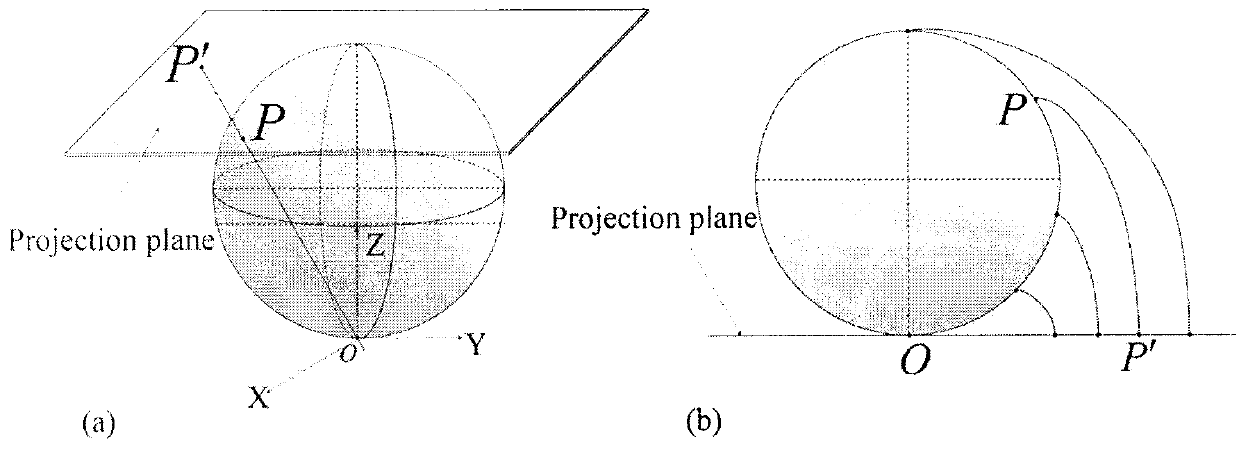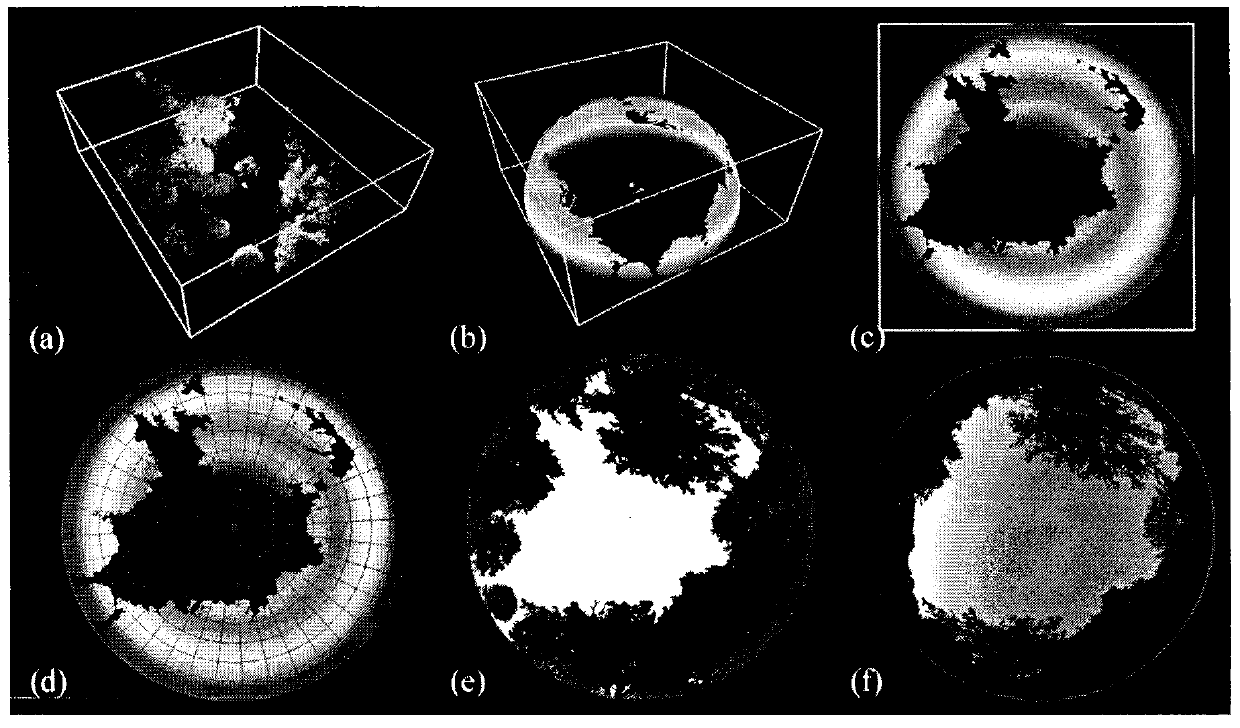Method for inverting effective leaf area index by utilizing geometric projection and laser radar
An area index, lidar technology, applied in the direction of using optical devices, measuring devices, instruments, etc., can solve the problems of large and complex point cloud computing
- Summary
- Abstract
- Description
- Claims
- Application Information
AI Technical Summary
Problems solved by technology
Method used
Image
Examples
Embodiment Construction
[0038]The present invention is further explained by example below:
[0039] Taking a piece of Western Red Cedar (Western Red Cedar) as the research object (area about 50m*50m, tree height about 15m), using the ground three-dimensional laser scanner Leica ScanStation 2 (its parameters are shown in Table 1) and high-precision GPS, in The center of the quadrat was scanned in a hemispherical manner, the height of the scanner from the ground was 1 meter, and the sampling distance was 2 cm. Manually remove the ground point cloud and other noise point clouds to obtain the 3D point cloud data of the forest quadrat, as shown in the attached image 3 Shown in a.
[0040] Table 1 Parameters of 3D laser scanner Leica ScanStation2
[0041]
[0042] After obtaining the point cloud data of Douglas pine and preprocessing, as attached image 3 As shown, the geometric projection technology is used to process the 3D point cloud data. The first step is to project onto the surface of the hem...
PUM
 Login to View More
Login to View More Abstract
Description
Claims
Application Information
 Login to View More
Login to View More - R&D
- Intellectual Property
- Life Sciences
- Materials
- Tech Scout
- Unparalleled Data Quality
- Higher Quality Content
- 60% Fewer Hallucinations
Browse by: Latest US Patents, China's latest patents, Technical Efficacy Thesaurus, Application Domain, Technology Topic, Popular Technical Reports.
© 2025 PatSnap. All rights reserved.Legal|Privacy policy|Modern Slavery Act Transparency Statement|Sitemap|About US| Contact US: help@patsnap.com



